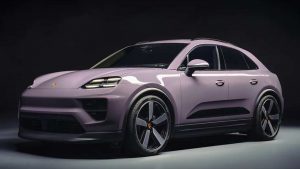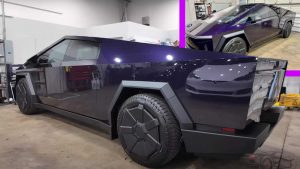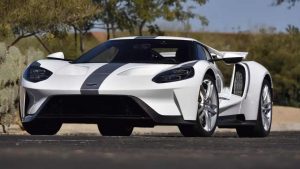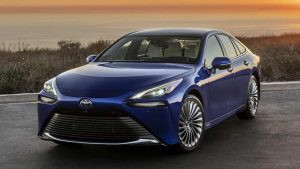Nissan unveils Hyper Force concept at Japan Mobility Show, hinting at the next-gen GT-R
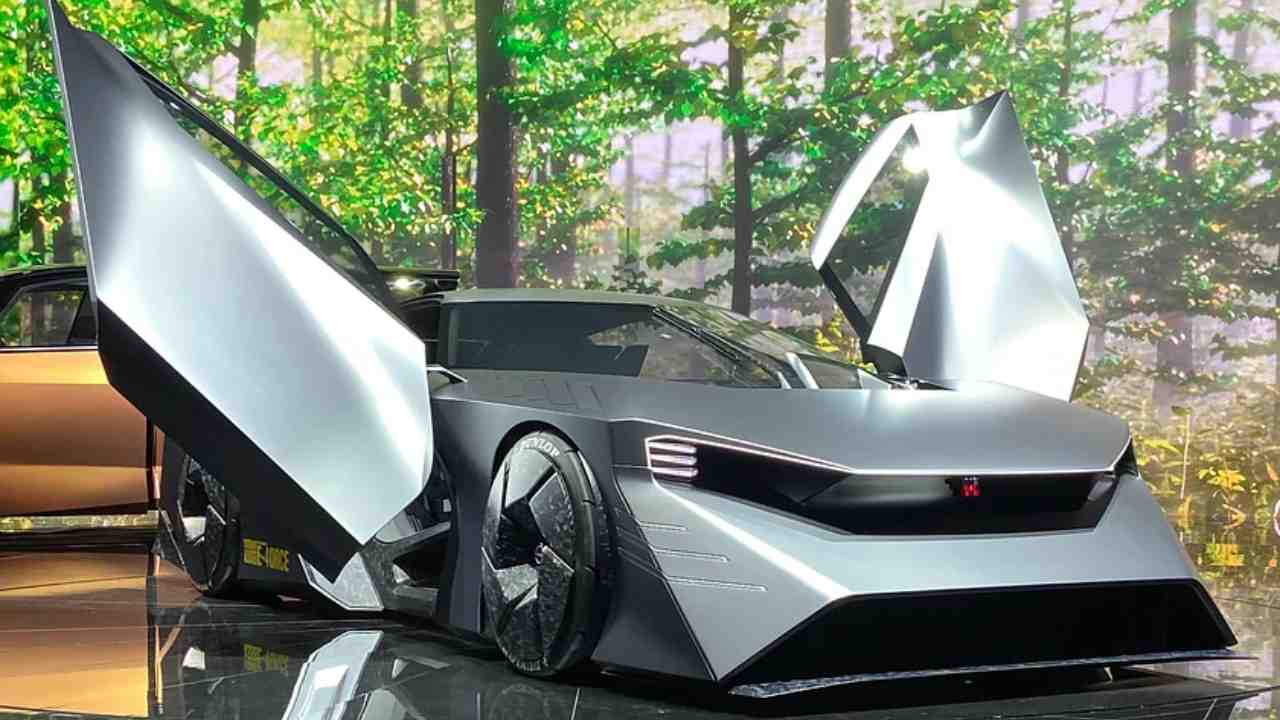
Nissan’s latest Hyper Force concept: A glimpse into the Future.
Nissan recently made a thrilling debut at the Japan Mobility Show by unveiling its Hyper Force concept, the final member of the Hyper lineup, and a potential teaser for the next-generation Nissan GT-R. While not officially labeled as such, the blurred pixel logo on the car’s nose unmistakably resembles the iconic GT-R emblem.
With a jaw-dropping all-electric drivetrain boasting 1,341 horsepower, the Hyper Force promises breathtaking acceleration. Nissan’s advanced e-4ORCE all-wheel-drive system efficiently delivers power to all four wheels, ensuring optimal traction.
To counter the weight associated with electric vehicles, Nissan incorporated lightweight carbon fiber in the body’s construction and employed solid-state battery technology for an ideal weight distribution. The result is a sporting concept that boasts remarkable handling capabilities on both the track and the road, providing a glimpse into the future of the Nissan GT-R.
The Hyper Force’s exterior exudes drama, blending futuristic design elements with classic Nissan sports car traits. Its low-slung stance gives it a poised, ready-to-pounce appearance, while the angular design contributes to impressive aerodynamics, crafted in collaboration with the Nismo racing team. Notable exterior features include a dual-level diffuser at the rear, active aero capabilities in the front canards, rear wing, and front fender flip.
Nissan has taken aerodynamics further with a plasma actuator designed to maximize grip and minimize inner-wheel lift during cornering. The carbon fiber finish is not limited to the wheels but extends to the bumpers, rear wing, and diffuser, enhancing both style and functionality.
Stepping into the cabin through the striking scissor doors, you’re greeted by a futuristic fascia that seems like it’s straight out of a video game, designed to cater to racing enthusiasts and gamers seeking an environmentally responsible performance car. The display and instrument panel graphics, created in collaboration with Polyphony Digital (the team behind Gran Turismo), adapt to two themes: “R” (racing) and “GT” (grand touring).
In “R” mode, the cabin is bathed in an intense red glow, reconfiguring the dashboard panels for a driver-focused experience. Four screens surrounding the steering wheel display critical information for racing, such as power distribution, tire grip, and brake temperature. For a more relaxing experience, “GT” mode transforms the cabin ambiance into calming blue, with the screens consolidating into a comprehensive interface to manage climate control, audio system, and suspension.
Nissan claims this system, which allows adjusting suspension and stabilizers via a screen while driving, is a world-first, and a patent is pending. To maintain the lightweight theme, carbon fiber seats are used for the driver and front passenger, which can accommodate four-point seatbelts while still being comfortable for extended road trips. Additionally, the Hyper Force is equipped with sophisticated sensors and LiDAR, enabling autonomous driving.
The current R35 GT-R has been a legendary presence for quite some time. With Nissan’s commitment to launching 23 electric vehicles by 2030, the Hyper Force concept suggests a possible all-electric future for the iconic GT-R, marking a significant shift in the evolution of this renowned sports car.


